I am pulling sensor data from a Teradata table for analysis. Below is what the table looks like.

I want to pivot it such that sensor names become columns.

There are more than a hundred sensors and thus that many columns in the matrix after the pivot. The final result set will be quite sparse since not all sensors have values for all the dates. How do I pivot the table without aggregation?